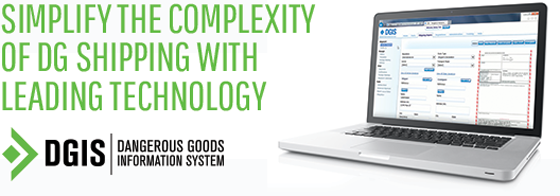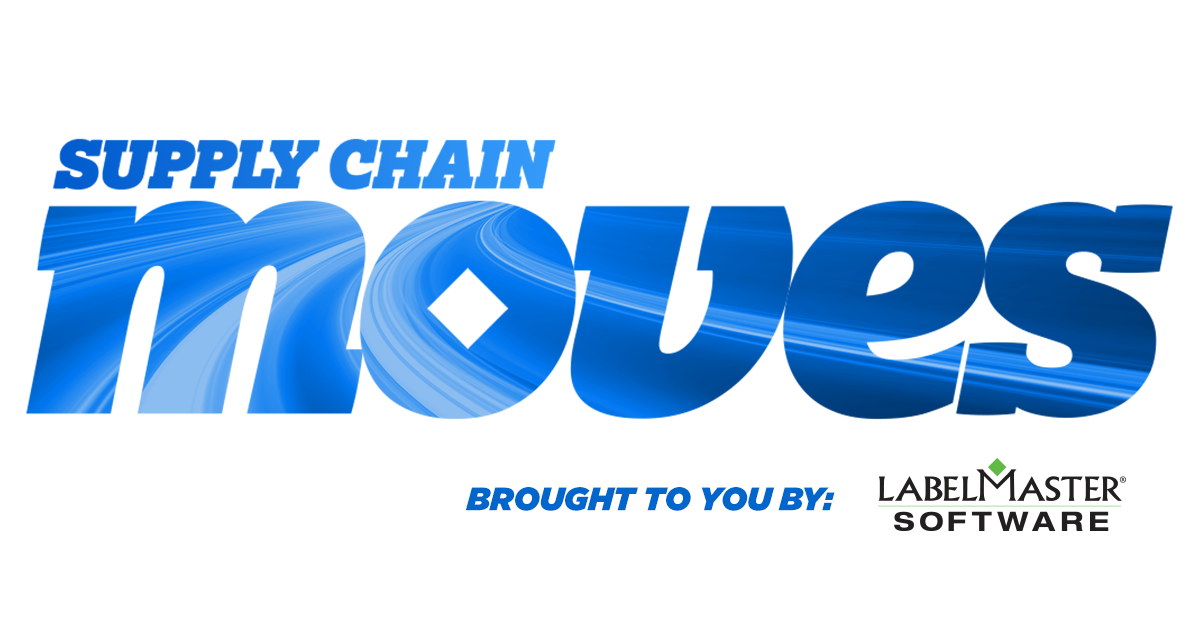

Week of May 13, 2019
Linking technology news with Dangerous Goods compliance
Enterprise systems continue to evolve to further drive automation and optimization for businesses. But maximizing the value of these systems requires dangerous goods companies to take a strategic approach to how they are used within the organization.
To help companies keep a pulse on technology trends impacting business and the movement of dangerous goods throughout the supply chain, Labelmaster has launched “Supply Chain Moves,” a weekly report linking the latest technology news to dangerous goods compliance.
Let’s examine the recent supply chain technology and industry news.
TECHNOLOGY
- ERP System Guide with Easy ERP Integration Ways: Integration is the main step for automation and optimization of all the business core processes. Unfortunately, organizations don’t integrate their ERP with other key systems. Here are systems that undeniably require integration.
- Disruptive Technologies at our Fingertips: While we often look at technologies in isolation, here are four pairs of disruptive innovations and what could be their combined impact on logistics management.
- Transforming Manufacturing and Supply Chains With 4D Printing: While still in its early phases, 4D printing technology has the potential to transform organizations with customized and adaptive solutions for supply chain challenges. .
- Three Problems a Digitally-enabled Supply Chain Solves: A digital focus can cure numerous issues ailing your supply chain, including demand dilemmas, warehouse woes and delivery difficulties.
- Robots Edge Closer to Unloading Trucks in Amazon-Era Milestone: As FedEx and UPS beef up automation to keep pace with surging e-commerce, loading and unloading trucks has remained a manual process. Robot makers are getting close to changing that.
3PL TECH
- Have You Missed the Most Valuable Aspect of Your Transportation Management System?: Transportation cost savings is usually cited as the number one reason companies invest in a TMS, but the value goes beyond that. Learn how to get the most value from a TMS.
- Manhattan Associates Upgrades TMS with Improved Modeling, Visibility: Manhattan Associates upgraded its TMS software to help shippers and carriers to optimize their networks and fulfill customer commitments more profitably.
- How to Maximize the Value of Your Managed Transportation Services Partnership: Managed transportation services are being increasingly embraced by shippers because of their ability to reduce costs, create visibility and drive efficiencies. Here are some best practices to get the most value out of the relationship.
- MercuryGate to Link TMS Platform with Last-mile Delivery Monitoring: MercuryGate has teamed with Convey to help shippers deliver customers’ orders with greater visibility and in-transit insights.
Technology & Dangerous Goods Compliance
Enterprise Resource Planning (ERP) has become a key component of many businesses and delivers significant value throughout an organization. In fact, most major business functions – from human capital management and supplier relationship management to accounting and enterprise performance management – have been streamlined by the use of ERP applications. Yet despite the widespread use of ERP, many organizations still don’t integrate it with other key systems.
In a recent article for CustomerThink, Adeptia Inc.’s Prince Kumar examines common use cases that require ERP integration. He notes, “Integration is the main step for automation and optimization of all the business core processes. Without ERP integration, errors will persist which will not let a business to match its steps with tech trends.”
Whether it’s integrating your ERP with supplier systems, Customer Relationship Management (CRM), third party systems or other applications, integration can deliver real value. By successfully integrating ERP with other software and applications, key stakeholders have access to critical documentation and data, which “ultimately enhances order processing tasks and boost up the speed of regular operations within the organization.”
This is especially those shipping dangerous goods, which often has a higher level of complexity and risk. Integrating your dangerous goods shipping software can help ensure all internal processes are compliant with the latest regulations and take a step to further drive automation and optimization throughout an organization.
Kumar added, “ERP integration is vital for business health. With clear visibility of business processes, it brings complete efficiency in the entire business. ERP Integration with apps and systems is a prerequisite to get all the benefits.”
How integrated is your ERP with your dangerous goods systems?

Labelmaster’s Dangerous Goods Information System (DGIS) is the leading SaaS solution to help companies more efficiently and accurately manage their Dangerous Goods shipments. DGIS validates your Dangerous Goods shipment data against the latest regulations, ensuring a more efficient supply chain and reducing friction found in Dangerous Goods shipments. DGIS is a certified partner/validation solution with ERP, transportation and warehouse management systems.

